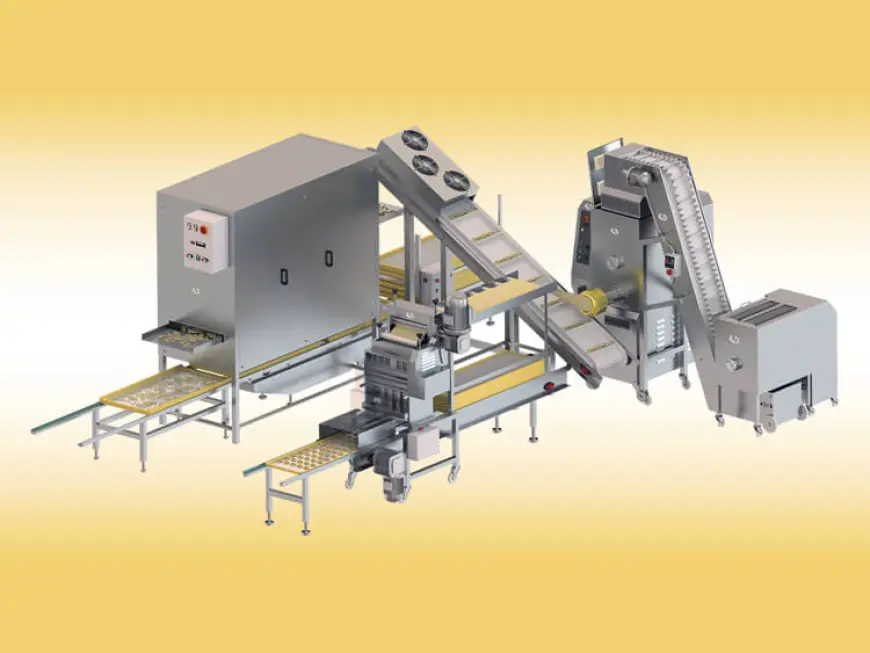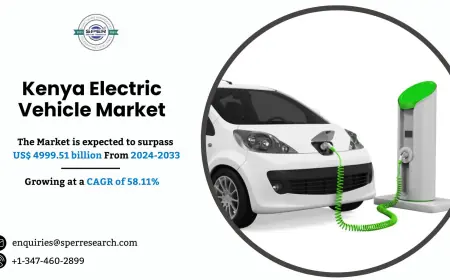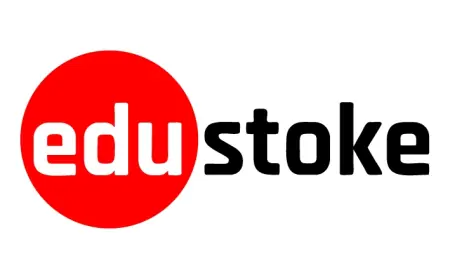Pasta Manufacturing Plant Project Report 2025: Unit Setup and Raw Materials

IMARC’s report features a detailed pasta manufacturing plant feasibility report that helps assess the practical viability and profitability of launching a pasta business. This feasibility study covers market demand, resource availability, cost structure, and expected returns, providing a solid foundation for decision-making. In addition, the report explains how to start a pasta manufacturing plant by guiding readers through essential steps such as capital planning, licensing, equipment procurement, and workforce management. Together, these insights empower entrepreneurs to confidently plan and execute their entry into the competitive market with reduced risk and optimized resources.
Pasta Manufacturing Plant Project Report Summary: -
- Comprehensive guide for setting up a pasta manufacturing plant.
- Covers market trends and industry outlook for 2025.
- Detailed project setup, including unit operations and processes.
- Raw material and utility requirements.
- Infrastructure and machinery specifications.
- Workforce and staffing requirements.
- Packaging and transportation details.
- Financial aspects: investment opportunities, cost analysis, and revenue projections.
In addition to covering operational aspects, the report offers detailed insights into the pasta manufacturing plant process and project economics.
- Detailed insights into the pasta manufacturing plant
- In-depth project economics and financial metrics.
- Covers capital investments and project funding.
- Analysis of operating expenses and income projections.
- Breakdown of fixed and variable costs, direct and indirect expenses.
- Evaluation of ROI (Return on Investment) and NPV (Net Present Value).
- Profit and Loss account analysis.
- Comprehensive financial analysis for decision-making.
- Provides a roadmap for successfully establishing a paper cup manufacturing.
Request for a Sample Report: https://www.imarcgroup.com/pasta-manufacturing-plant-project-report/requestsample
What is a pasta?
Pasta production is the method of making diverse pasta shapes like spaghetti, penne, and macaroni the usage of a simple dough crafted from durum wheat semolina and water. The technique begins with grinding remarkable durum wheat into semolina, that is then combined with water to form a easy, uniform dough. This dough is pushed thru metallic dies in pasta machines to create special sizes and styles, depending at the product being made. Once shaped, the pasta is cut to the preferred length and moved to drying chambers, in which it is slowly dried below cautiously controlled heat and humidity. This drying level is crucial to maintain the pasta's texture, taste, and shelf existence. After drying, the pasta is cooled and checked for nice to make certain it meets food protection standards. It is then packaged in sealed boxes or baggage, prepared for distribution. Some types, like sparkling or immediately pasta, may additionally bypass the drying step or consist of additional elements like eggs or vegetable extracts. With developing customer call for for healthier and more various alternatives, manufacturers also are producing gluten-loose, high-protein, and entire grain pasta. Overall, pasta production combines traditional recipes with modern generation to deliver a handy, flexible food loved by means of humans round the sector.
Market Trends and Drivers:
The pasta market is developing gradually, driven by using using shifting purchaser choices, life-style changes, and the growing call for for convenient and lower priced meal options. As busy schedules lead people to attempting to find short-to-prepare ingredients, pasta stays a pass-to preference for its ease of cooking, versatility, and wide availability. The multiplied hobby in worldwide cuisines and home cooking has moreover boosted pasta intake in each superior and developing international places. Health and nicely-being developments are influencing the marketplace as properly, with extra consumers looking for nutritious options which include complete wheat, gluten-unfastened, immoderate-protein, and plant-based completely pasta made from lentils, chickpeas, or quinoa. In rising markets, urbanization and growing disposable incomes are expanding get right of entry to to packaged meals, together with pasta. Additionally, the boom of the foodservice business enterprise, which includes eating places and on line meals transport services, has finished a key function in increasing pasta utilization. Manufacturers are responding by means of using introducing new flavors, more healthy materials, and environmentally friendly packaging to fulfill evolving patron expectations. Attractive branding, recipe innovation, and influencer-driven advertising have also contributed to pasta's continued reputation. With its balance of taste, convenience, and adaptability to severa diets and cultures, pasta stays a staple meals with sturdy global enchantment and ongoing market potential.
Key Insights Covered in the Pasta Manufacturing Plant Report
Market Coverage:
- Market Trends: Analysis of current and emerging trends in the pasta market.
- Market Segmentation: Breakdown of the market by different segments.
- Regional Analysis: Distribution and performance of the market across various regions.
- Price Analysis: Evaluation of pricing trends for agricultural battery sprayer.
- Impact of COVID-19: Examination of the effects of the COVID-19 pandemic on the pasta market.
- Market Forecast: Outlook and projections for the pasta industry.
Key Aspects Required for Setting Up a Pasta Plant
Detailed Process Flow:
- Product Overview: Comprehensive description of the pasta product and its characteristics.
- Unit Operations Involved: Step-by-step breakdown of the various operations in the production process.
- Mass Balance and Raw Material Requirements: Calculations for material inputs and outputs, along with required quantities of raw materials.
- Quality Assurance Criteria: Standards and procedures to ensure the quality of the final product.
- Technical Tests: Essential tests and evaluations to maintain product consistency and compliance.
Project Details, Requirements, and Costs Involved
- Land, Location, and Site Development: Assessment of land requirements, optimal location selection, and site development costs.
- Plant Layout: Design and layout planning for efficient plant operations.
- Machinery Requirements and Costs: Identification of machinery needed, along with the associated costs.
- Raw Material Requirements and Costs: Determination of the types and quantities of raw materials required and their costs.
- Packaging Requirements and Costs: Specifications for packaging materials and equipment, including associated expenses.
- Transportation Requirements and Costs: Logistics planning and cost estimation for the transportation of raw materials and finished products.
- Utility Requirements and Costs: Analysis of utility needs (such as water, electricity, and fuel) and their associated costs.
- Human Resource Requirements and Costs: Workforce planning, including staffing needs, roles, and costs for labor and management.
Project Economics
- Capital Investments: Initial costs required for setting up the pasta manufacturing plant, including land, equipment, and infrastructure.
- Operating Costs: Ongoing expenses for running the plant, such as raw materials, labor, utilities, and maintenance.
- Expenditure Projections: Detailed forecasts of all costs over the short and long term.
- Revenue Projections: Expected income generated from the sale of pasta and by-products.
- Taxation and Depreciation: Analysis of tax obligations, incentives, and asset depreciation over time.
- Profit Projections: Estimated profitability based on costs, revenues, and market conditions.
- Financial Analysis: Comprehensive evaluation of the plant’s financial viability, including cash flow analysis, return on investment (ROI), and break-even point.
Ask Analyst for Customization: https://www.imarcgroup.com/request?type=report&id=7764&flag=C
Customization Options Available:
- Plant Location: Selection of optimal location for the plant.
- Plant Capacity: Customization based on desired production capacity.
- Machinery: Choice between automatic, semi-automatic, or manual machinery.
- List of Machinery Providers: Identification of suitable machinery suppliers.
Key Questions Addressed in This Report:
· How has the pasta market performed so far and how will it perform in the coming years?
· What is the market segmentation of the global pasta market?
· What is the regional breakup of the global pasta market?
· What are the price trends of various feedstocks in the pasta industry?
· What is the structure of the pasta industry and who are the key players?
· What are the various unit operations involved in a pasta manufacturing plant?
· What is the total size of land required for setting up a pasta manufacturing plant?
· What is the layout of a pasta manufacturing plant?
· What are the machinery requirements for setting up a pasta manufacturing plant?
· What are the raw material requirements for setting up a pasta manufacturing plant?
· And more...
How IMARC Can Help?
IMARC Group is a global management consulting firm that helps the world’s most ambitious changemakers to create a lasting impact. The company provide a comprehensive suite of market entry and expansion services. IMARC offerings include thorough market assessment, feasibility studies, company incorporation assistance, factory setup support, regulatory approvals and licensing navigation, branding, marketing and sales strategies, competitive landscape and benchmarking analyses, pricing and cost research, and procurement research.
Services:
- Plant Setup
- Factoring Auditing
- Regulatory Approvals, and Licensing
- Company Incorporation
- Incubation Services
- Recruitment Services
- Marketing and Sales
Contact Us:
IMARC Group
134 N 4th St. Brooklyn, NY 11249, USA
Email: [email protected]
Tel No:(D) +91 120 433 0800
United States: +1-631-791-1145
What's Your Reaction?
 Like
0
Like
0
 Dislike
0
Dislike
0
 Love
0
Love
0
 Funny
0
Funny
0
 Angry
0
Angry
0
 Sad
0
Sad
0
 Wow
0
Wow
0






















































